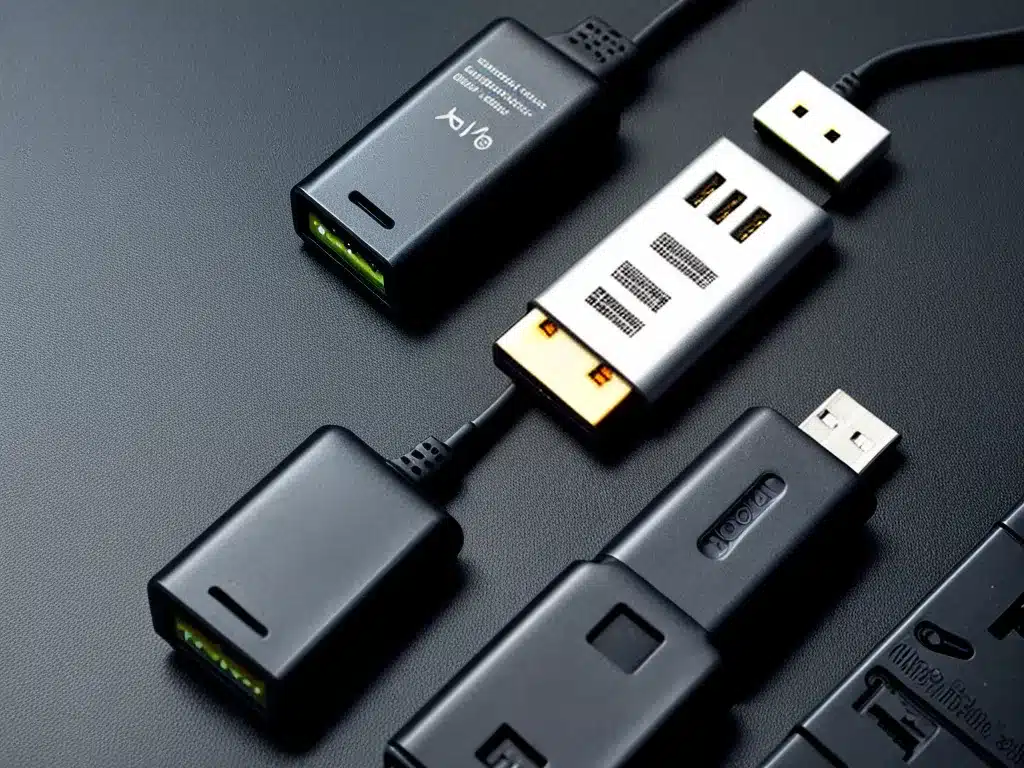Introduction
Losing data stored on a USB drive can be devastating. Those files often contain irreplaceable photos, documents, or other personal information. Fortunately, with the right approach, USB drive data is often recoverable. This guide will provide tips to maximize your chances of successfully restoring lost USB drive data.
Prepare For Data Recovery Ahead Of Time
-
Enable file history/versioning – If your operating system or programs support it, make sure file history and versioning are enabled. This will save previous copies of files that can be restored if the current version is lost or corrupted.
-
Have a backup routine – Regularly backing up USB drive contents provides a copy you can restore from if needed. Use backup software or manually copy important files to another device or cloud storage.
-
Avoid continued USB drive use – As soon as data loss occurs, stop using the USB drive. More activity increases the risk of permanent data overwrite.
Choosing Data Recovery Software
-
Use reputable recovery software – Trusted brands like Ontrack, Stellar, or EaseUS are most effective. Avoid untested freeware.
-
Match software type to data type – Choose photo, video, document, or general data recovery software based on what you need to restore. Specialized tools may provide better results.
-
Confirm software supports your OS – Make sure any recovery app is fully compatible with your Windows, Mac, or Linux operating system. Incompatibility reduces effectiveness.
Maximizing Chances During USB Drive Data Recovery
-
Stop using the USB drive immediately – Continuing to use the drive risks overwriting files you want to recover. Eject it as soon as data loss occurs.
-
Try connecting the USB drive to another computer – If it’s not recognizable on one machine, try another before assuming drive failure.
-
Scan for recoverable data before attempting fixes – Run data recovery first, before troubleshooting or formatting the drive. Formatting often destroys recoverable data.
-
Select a full/deep scan – Quick scans will miss data. Choose a deep or full scan option, even if it takes hours to run. More data will be found.
-
Save recovered data to another drive – Don’t save restored data back to the problem USB drive. Use another healthy drive or cloud storage.
When To Seek Professional USB Drive Recovery
- Physical damage present
- Failed DIY recovery attempts
- Critical or large amounts of data needed
- Advanced skills required beyond software wizard
Professionals have access to specialized tools and clean room facilities to physically repair and recover from heavily damaged drives. The cost is warranted for irreplaceable or essential data.
Conclusion
Losing USB drive data can seem catastrophic in the moment. However, by refraining from continued drive use, leveraging recovery software, scanning thoroughly, and seeking professional help when needed, you can often get back a majority of your files. Following these tips will ensure you maximize your chances of successful USB drive data recovery.













